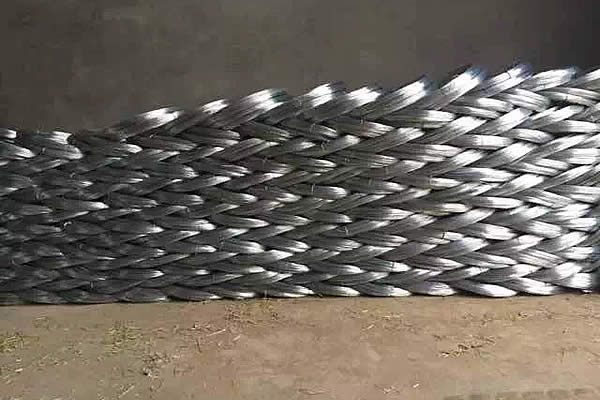 TEL:
+86-13102802206
TEL:
+86-13102802206
 Email:
fencenetting@china.com
Email:
fencenetting@china.com
 Language
Language
 TEL:
+86-13102802206
TEL:
+86-13102802206
 Email:
fencenetting@china.com
Email:
fencenetting@china.com
 Language
Language


Understanding Iron Box Wiring A Comprehensive Guide
The term iron box wiring often refers to the electrical wiring practices and installations associated with metal enclosures, typically made from iron or other conductive materials. These enclosures serve as protective housings for electrical components, safeguarding them from environmental factors while also facilitating organization and ease of access. In this article, we will explore the fundamentals of iron box wiring, its applications, advantages, and safety considerations.
What is Iron Box Wiring?
Iron box wiring primarily involves the use of metal boxes to house electrical devices such as switches, outlets, and circuit breakers. These metal boxes are designed to provide robust protection and grounding for electrical connections, which is crucial for ensuring the safety and reliability of electrical systems. Iron box wiring is commonly utilized in both residential and industrial settings.
Applications of Iron Box Wiring
1. Residential Wiring In homes, iron box wiring is often used for electrical outlets, light switches, and junction boxes. The sturdy nature of the iron boxes helps prevent damage from accidental impacts while offering better shielding against electrical interference.
2. Industrial Settings Factories and other industrial environments frequently employ iron box wiring for controlling heavy machinery and equipment. The robust design of iron boxes can withstand harsh conditions, including temperature fluctuations, dust, and moisture.
3. Commercial Infrastructure In commercial buildings, iron box wiring is essential for maintaining organized and secure electrical systems. From office spaces to retail stores, these boxes help manage wiring while providing enhanced safety features.
Advantages of Iron Box Wiring
- Durability One of the primary benefits of using iron boxes is their durability. Being made from metal, they are less likely to crack or break compared to plastic alternatives, making them ideal for high-traffic areas or environments susceptible to physical damage.
- Grounding Iron boxes provide natural grounding, which is essential for any electrical system. This feature helps dissipate electrical surges and enhances the overall safety of the installation.

- Fire Resistance Metal boxes generally offer better fire resistance than plastic boxes, making them a safer choice in environments where overheating could be a concern.
- Reduction of Electromagnetic Interference Metal enclosures can help shield electrical wiring from electromagnetic interference (EMI), which is critical in sensitive environments, like medical facilities or data centers.
Safety Considerations
Despite their advantages, there are crucial safety considerations when installing iron box wiring
- Proper Installation It is vital to follow electrical codes and standards when installing iron boxes to ensure the safety and functionality of the system. Improper installation can lead to short circuits or pose fire hazards.
- Grounding Always ensure that the iron box is properly grounded. This step is crucial for user safety and protecting the electrical system from faults.
- Correct Sizing Choose appropriately sized iron boxes for your wiring needs. Overcrowding wires in a box can lead to overheating and potential fire hazards.
- Regular Maintenance Just like any other component of an electrical system, iron boxes require regular checks to ensure they are in good condition and free from rust, corrosion, or other damage.
Conclusion
Iron box wiring is a critical component of safe and effective electrical systems in various environments. Its durability, grounding capabilities, and fire resistance make it a preferred choice for both residential and industrial applications. By understanding the principles of iron box wiring and adhering to safety practices, one can ensure a reliable and secure electrical installation that will stand the test of time. Whether you are a homeowner, electrician, or engineer, grasping the intricacies of iron box wiring will undoubtedly enhance your knowledge and facilitate safer electrical practices.